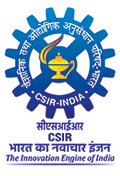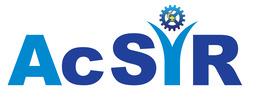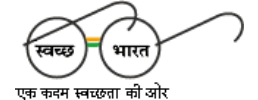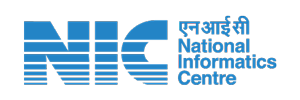Microstructural Characterization of Fusion Boundary of Ferrite-Nickel Based Alloy in Dissimilar Metal Weld
Objectives
Major objectives of the investigation are summarized below:
- Qualitative and quantitative structural characterization of dissimilar materials welded joints, fabricated with different buttering materials and weld metal
- Evaluation of mechanical properties from hardness profile and in-situ deformation test
Selection of preferable welding consumable to achieve adequate joint efficiency
Technical Details
- Exploration of different microstructural features like HAZ, type-II boundary, type-I boundary and martensitic region that are developed owing to different filler alloy, electrode and method used in welding. This will include detail study of buttering alloy - weld (fusion boundary), carbon steel-butter alloy interface
- Interplay between different characteristics i.e. whether they are dependent or isolated phenomenon in developing structural features. This can be elaborated in following fashion,
- influence of carbon migration on Type –II boundary
- resultant of PWHT on the formation of Type-II boundary
- effect of different buttering alloy on Type-II boundary
- outcome of elemental distribution / diffusion on Type-II boundary
- change in CTE mismatch with the change in buttering alloy on Type-II boundary
- difference in martensitic layer thickness owing to change in buttering material
- Type-I boundary accompanied by segregation - its effect on crack propagation
- preferable condition to minimize carbide precipitation in fusion zone
- Revealing in-situ deformation characteristics over subsize samples during SEM investigation to identify the location of crack initiation and its propagation
Finally, identifying the pre-dominant microstructural factors for disbonding / reduced toughness of weld joints through structure-welding parameter co-relation
Achievement (Output/outcome)
The investigation is still going on; total nine dissimilar welded joints have been so far investigated. Three more are in progress. Till now two major achievements are,
- Ni-base super alloys are found preferable buttering a material than that of any other austenitic steel for reducing heterogeneities across weld and improving joint efficiency
- Buttering material is the weakest link within the assembly as crack initiation and propagation was through them during uni-axial deformation test
Impact
- The study will help in identifying the role of heterogeneities on mechanical behavior of DMW
- Selection of particular welding consumables for joining low alloy steel with 304L stainless steel
- Achieving satisfactory mechanical strength, required for their use in primary pipping system of nuclear power plant
 Fig1.: Dissimilar metal welded joint (a) macro image, (b) and (c) interface between LAS and buttering material, (d) interface between weld metal and 304L SS and (e) lath martensite near fusion boundary
Fig1.: Dissimilar metal welded joint (a) macro image, (b) and (c) interface between LAS and buttering material, (d) interface between weld metal and 304L SS and (e) lath martensite near fusion boundary

Fig2.Nuclear grade graphite exhibiting filler particles and cracks / pores (a) optical image, (b) SEM image, (c) distribution of filler particles and (d) distribution of pores






